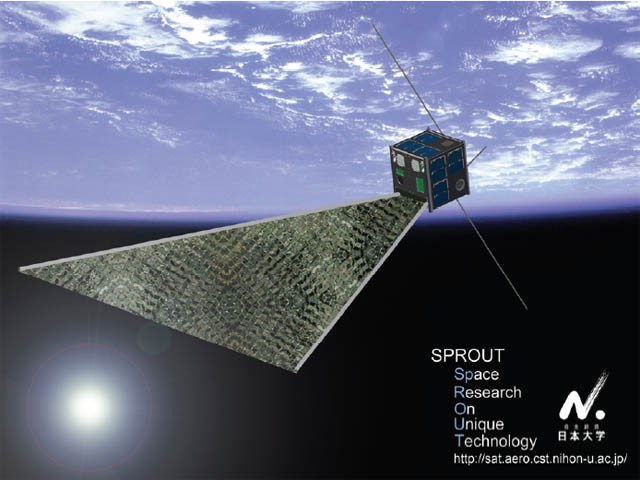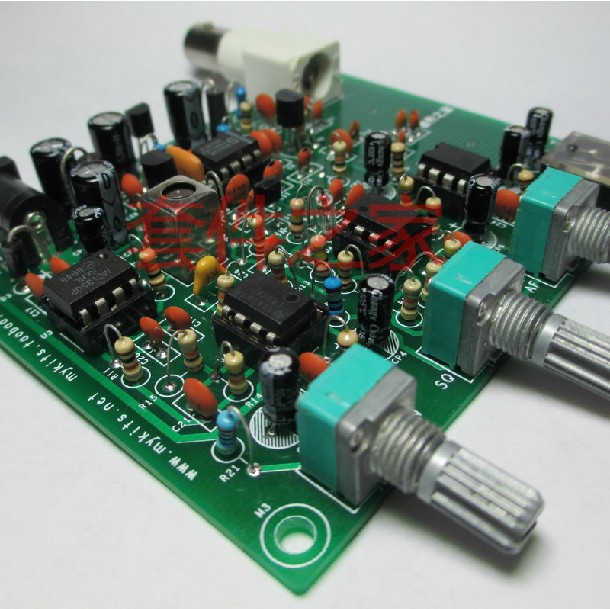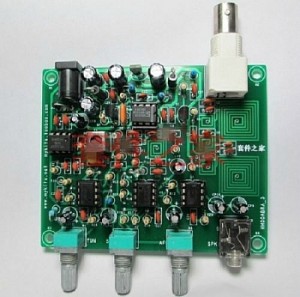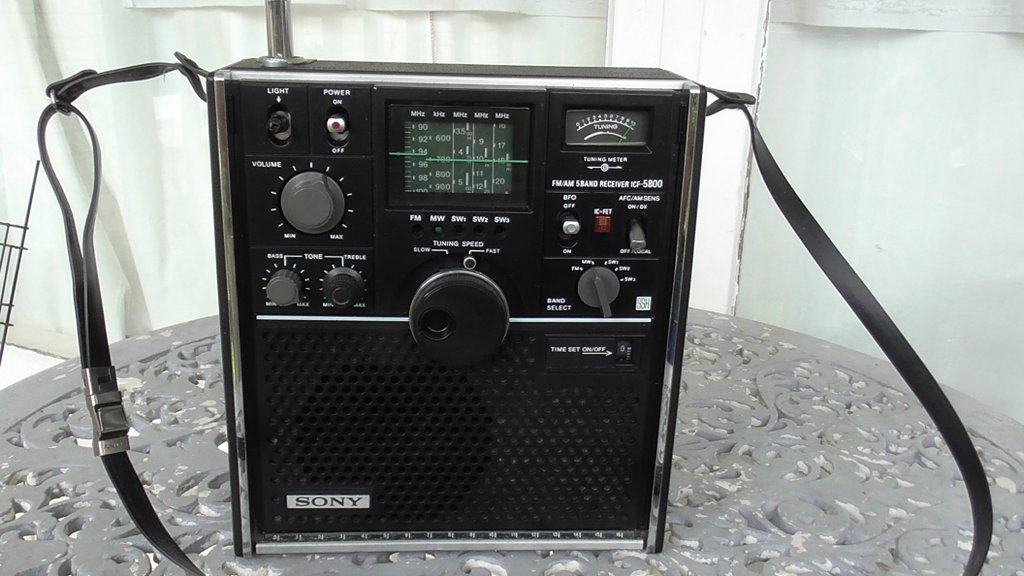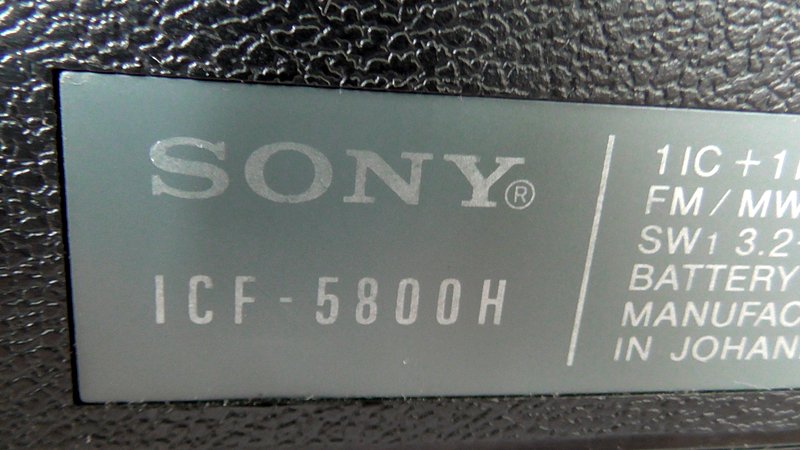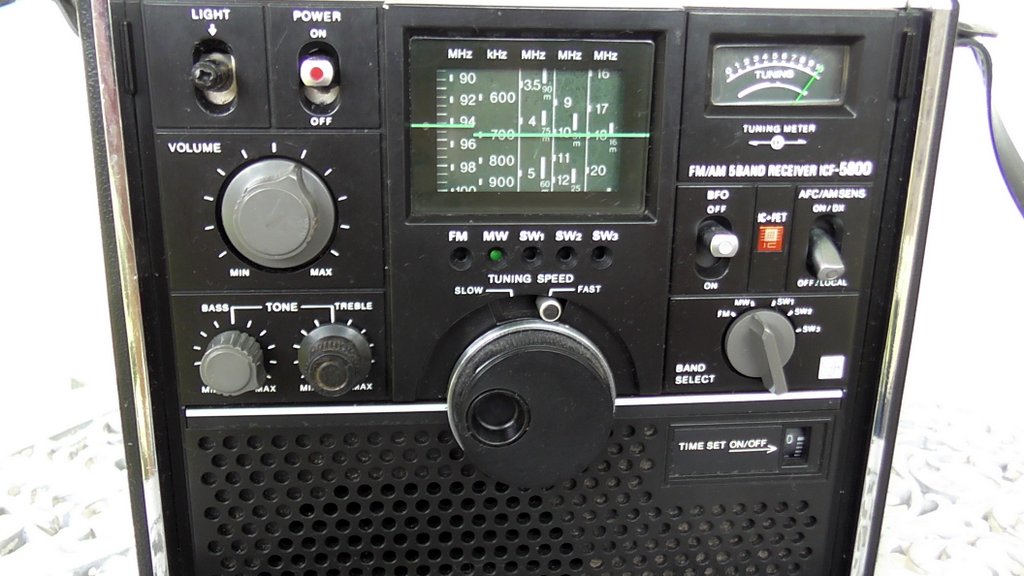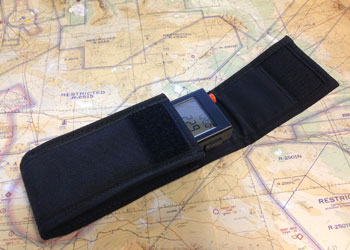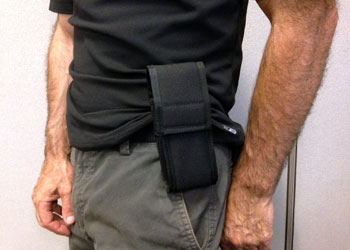AMSAT-UK Announces SSTV Activity Every Sunday
Slow Scan TV (SSTV) images in Scottie 1 format will be transmitted from the SPROUT satellite every Sunday (Japanese Standard Time) on 437.600 MHz FM (+/- 9 kHz Doppler shift). The Digitalker will also be active.
SPROUT, a 20 x 20 x 22 cm amateur radio nano-satellite with a mass of 7.1 kg, launched successfully with the L-band (1236.5 MHz/1257.5 MHz/1278.5 MHz) Synthetic Aperture Radar (SAR) satellite ALOS-2 on May 24, 2014 at 0305 UT. SPROUT is in a 654 km, 97.9 degree inclination Sun Synchronous Orbit (SSO).
SPROUT (Space Research On Unique Technology) was built by students from Nihon University
— A FM Digitalker will enable the satellite to speak to amateurs around the world.
— The Voice Message Box will record transmissions from radio amateurs and play them back.
— Pre-loaded images from the Message Gallery can be transmitted using Slow Scan TV (SSTV).
— Pictures of the Earth can be transmitted by SSTV and radio amateurs can receive it using free software such as MMSSTV. As part of the Earth mapping project the team ask radio amateurs to contribute pictures they have received from the satellite for display on the SPROUT website.
Callsign: JQ1ZJQ
Size: 214x210x220 mm
Weight: 7.1 kg
Mode: 1200bps AFSK, 9600bps GMSK
CW downlink 437.525 MHz
FM packet downlink 437.525 MHz
Digipeater uplink 437.600 MHz
Digitalker downlink 437.600 MHz
SSTV downlink 437.600 MHz
Many FM radios can be switched been wide and narrow deviation FM filters. For best results you should select the wider filter designed for 5 kHz deviation FM.
— SPROUT English website http://sat.aero.cst.nihon-u.ac.jp/sprout-e/
— SPROUT Japanese website http://sat.aero.cst.nihon-u.ac.jp/sprout/
— Nihon-Univ. Miyazaki Laboratory on Facebook
https://www.facebook.com/pages/Nihon-Univ-Miyazaki-Laboratory/406566642818860
— Telemetry Software http://sat.aero.cst.nihon-u.ac.jp/sprout-e/2-Software-e.html
— Telemetry format http://sat.aero.cst.nihon-u.ac.jp/sprout-e/2-Formats%20of%20telemetry-e.html
SPROUT launch data page
http://sat.aero.cst.nihon-u.ac.jp/sprout-e/2-Launch%20data-e.htmlTLE’s from the North American Aerospace Defence Command (NORAD) are also available at http://celestrak.com/NORAD/elements/tle-new.txt
Free Slow Scan TV (SSTV) software MMSSTV http://hamsoft.ca/pages/mmsstv.php
The JE9PEL website has information on other satellites on this launch
http://www.ne.jp/asahi/hamradio/je9pel/jaxalos2.htm
(Full details and links may be found here.)
Robert Gulley, AK3Q, is the author of this post and a regular contributor to the SWLing Post. Robert also blogs at All Things Radio.

